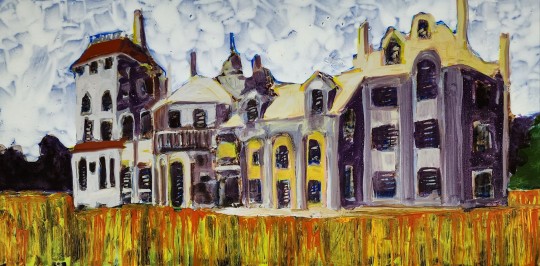#Fonthill Castle
Text
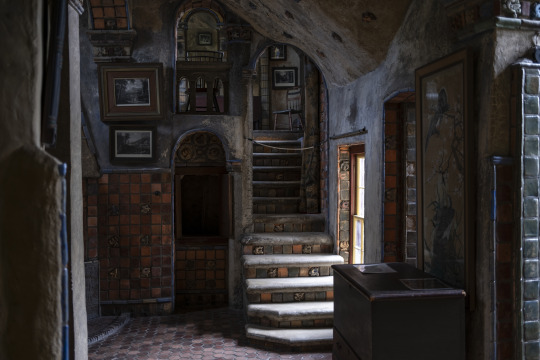
Fonthill Castle
Doylestown, Pennsylvania
June, 2022
#photographers on tumblr#lensblr#original photographers#imiging#luxlit#photography#Fonthill Castle#Doylestown#Pennsylvania
23 notes
·
View notes
Text


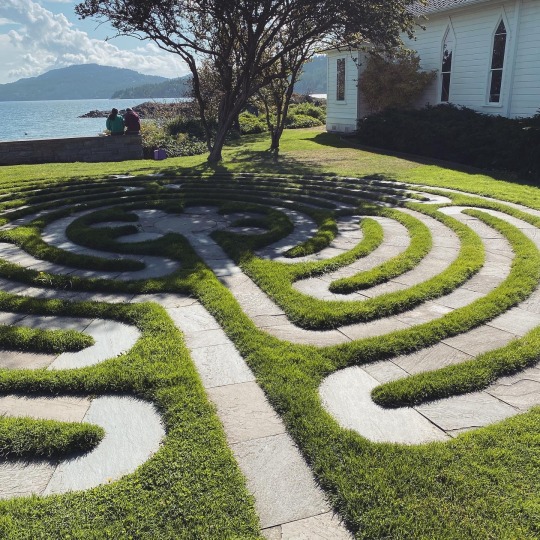

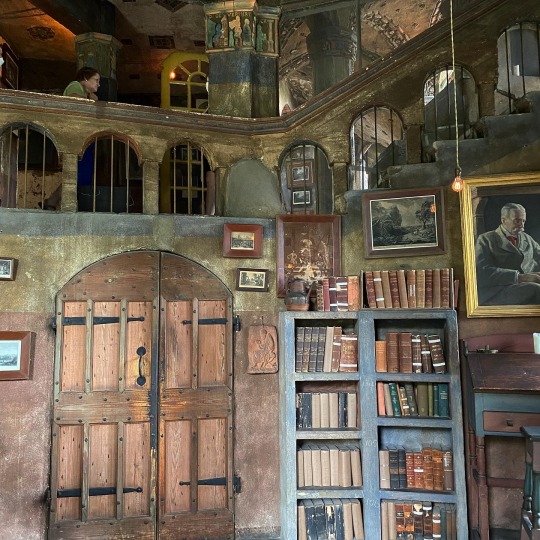

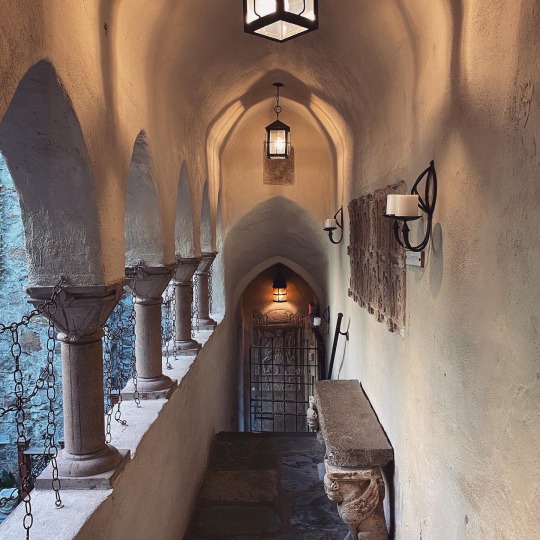
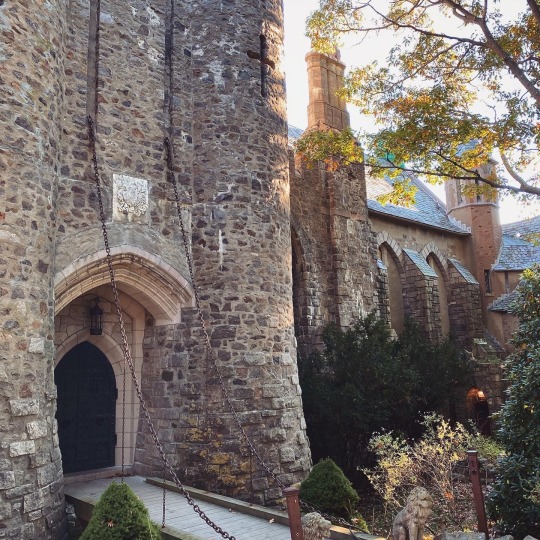
A few glimpses from last year’s adventures. These places have been haunting me recently and rebuilding themselves upon the landscapes of my inner mind, which is a clear indicator that they will find their way into my artwork in some way or another. As I begin planning my trips for this year, I am yearning to visit cool new places so any suggestions would be much appreciated! 🖤
Locations:
Bancroft Castle, Massachusetts
Orcas Island, Washington
Fonthill Castle, Pennsylvania
Hammond Castle, Massachusetts
111 notes
·
View notes
Text

Font Hill Castle
Built between 1908-1912, Fonthill Castle was the home of Henry Chapman Mercer (1856-1930). Archaeologist, anthropologist, ceramicist, scholar and antiquarian, Mercer built Fonthill Castle both as his home and as a showplace for his collection of tiles and prints. (text from mercer museum webpage)
#photographers on tumblr#united states#travel photography#landscape photography#architecture#architecture photography#landscape#Mercer museum#Fonthill castle#falls#bucks county#history#chapman mercer#1900s#buildings#exterior#countryside#philadelphia#pennsylvania#road trip#traveling#travel photographer#castles#castle#medieval castle#colonial history#american history#us history#history lesson#museum
6 notes
·
View notes
Text

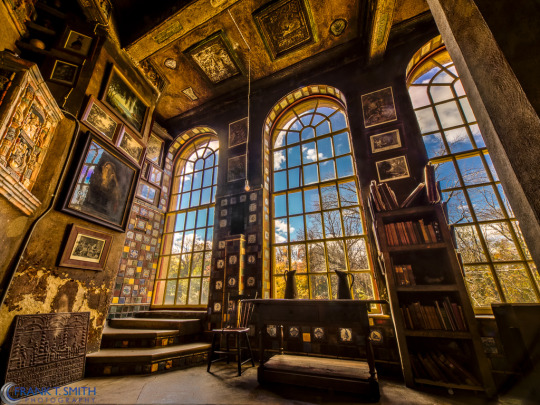

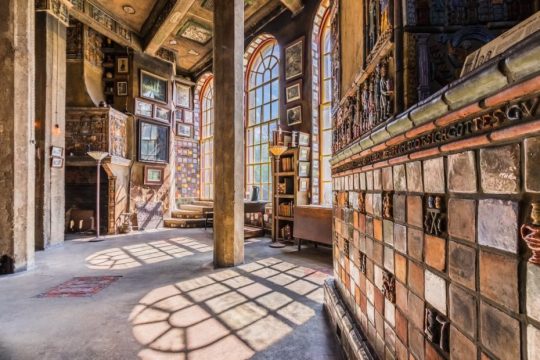

fonthill castle. doylestown, pennsylvania.
#upload#not my pics#you actually cant take pics there#i wanna go back ):#fairy#fairy grunge#dark fairy#dark academia#maximalism#art#fonthill castle#architecture#interior design
32 notes
·
View notes
Text
Art Tiles
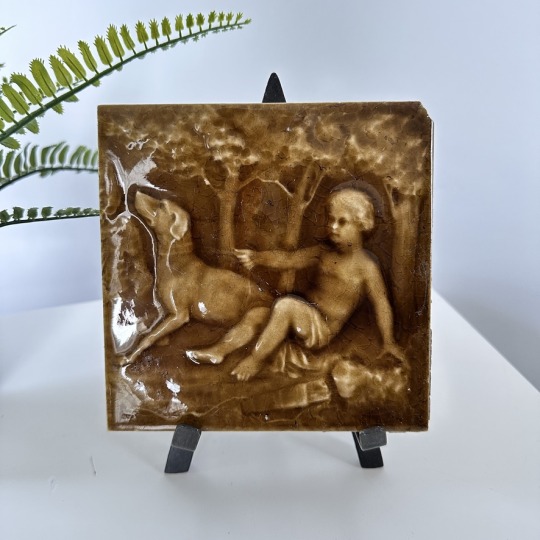

Just found a beautiful tile at the thrift store this weekend. It was sitting in the jewelry case. I don't usually look at jewelry, never find anything I like but this Sunday, I took a chance and found this tile. The imagery is an especially heartwarming scene of a young boy and his faithful canine companion.
It was produced about 100 years ago by the American Encaustic Tiling Company in Zanesville, Ohio.
The little label on the back states "AE Tile Works. England, 1895." That is incorrect but the confusion is understandable. Founded in Zanesville, Ohio in 1875, the American Encaustic Tiling Company aimed to challenge the dominance of English tiles in the American market. Their impressive repertoire featured geometric and classical designs, as well as inlaid floor tiles, custom-made relief tiles, and mosaic imitations. Notably, the company began producing glazed tiles in 1880, followed by embossed tiles in 1881 and faience tiles in the 1920s.
This tile is currently available in my Etsy shop isearchedandfound.com.
Another wonderful tile company is the Moravian Pottery and Tile Works in Doylestown, PA.
From their website: "Between 1911 and 1912, Henry Chapman Mercer (1856-1930) built the Moravian Pottery and Tile Works to “master the potter’s art and establish pottery under personal control.” The success of the Moravian Pottery and Tile Works rested on Mercer's pure genius. With a small capital investment, relatively inexpensive operating costs, and an ability to produce a range of wares that made the best use of biotechnology, the pottery produced unique tiles that were praised by critics and sought after by architects. The honest, hand-made quality of his work fully expressed the ideals of the American Arts and Crafts Movement, elevating Mercer to one of the movement’s most important proponents. His tiles were emblematic of the survival, or rebirth, of the handcraft tradition. By the turn of the century, he was recognized as a premiere maker of “artistic” tiles. For the next thirty years, his work was sought out by leading architects and tastemakers to decorate public and private buildings all across the country. Mercer’s pioneering influence was far-reaching and still affects many tilemakers today."
Some years ago, George and I made a purchase of several tiles. We held onto the belief that one day we would have a home suitable for the addition of these exquisite Moravian Tiles. Not only would they contribute to the historical narrative of the house, but they would also become part of the captivating stories weaved within its walls.
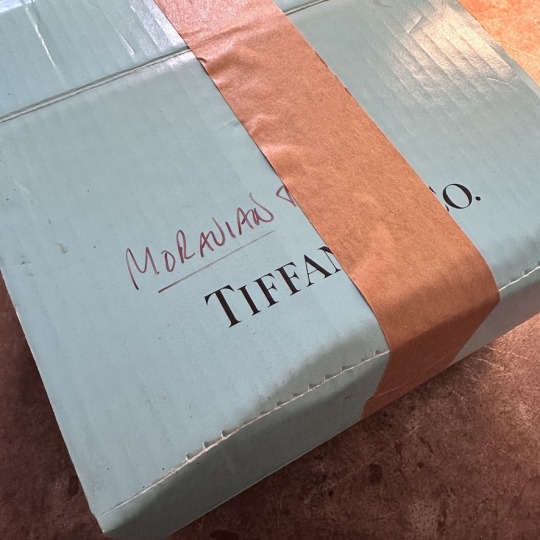




Mercer not only constructed the Moravian Pottery and Tile Works but also an exquisite residence adjacent to it: Fonthill Castle. But that's a tale for another post.
If you ever find yourself in the Philadelphia area, make it a point to visit the tile works. I guarantee you won't be disappointed!
In fact, I am so confident in this assertion that I've included a link to a Google map for directions from Philadelphia to Doylestown.
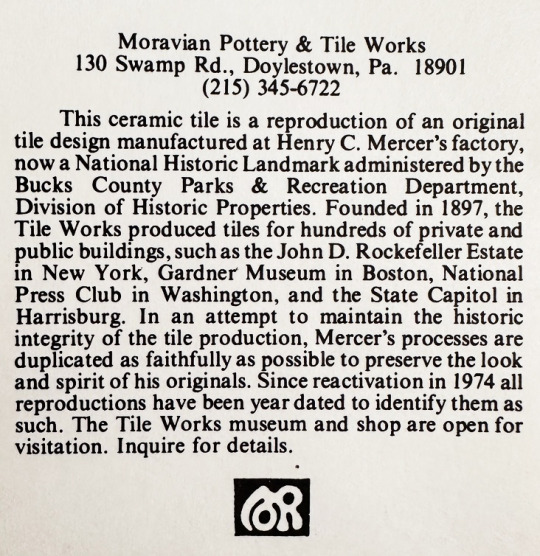
#art tiles#AE TileWorks#zanesville pottery tiles#henry mercer#Fonthill Castle#vintage tiles#doylestown pa#philadelphia PA#moravian Pottery and Tile Works#historic tiles
2 notes
·
View notes
Text

4 notes
·
View notes
Text
Ethereal
Grace, our Student Spotlight blogger, is majoring in Graphic Design and minoring in Photography. This summer she's building her photo portfolio with ethereal summer photoshoots highlighting friends in beautiful settings. #MarywoodArt #Photography
Hello everyone! This past week in my town, the weather has been beautiful. Mid-70s °F every day and sunny! I chose to take advantage of this weather and do a photo shoot I had wanted to do for a while. This summer, I’m trying to work on my photography portfolio, hoping to start to charge for shoots next summer (senior shoots, graduation photos, etc.)
I had this idea for a very light and airy,…
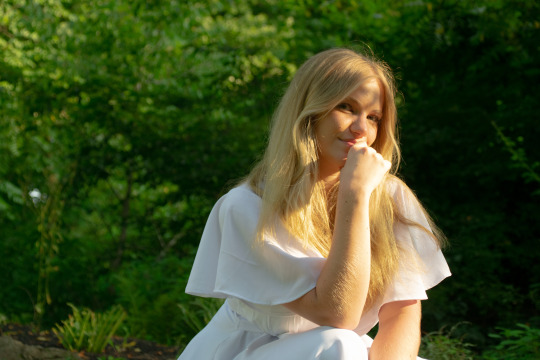
View On WordPress
#Art#Bucks County#Doylestown PA#editing#ethereal photoshoot#Fonthill Castle#inspiration#layer masks#lightroom#Marywood Art#Marywood Art Department#Marywood University#Marywood University Art Department#model#photo editing#Photography#Photoshop#portfolio#Portraits#Where Creativity Works
0 notes
Text
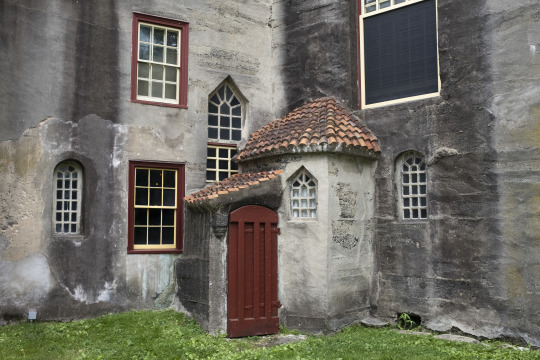
Fonthill Castle
Doylestown, Pennsylvania
June, 2022
#photographers on tumblr#lensblr#original photographers#imiging#luxlit#photography#Fonthill Castle#Doylestown#Pennsylvania
7 notes
·
View notes
Text

Fonthill Castle
So many people take the places where they live and their surroundings for granted. To travel, you don't need to take an airplane or drive four hours in a car to get to a nice destination. With tools like Google and even Google Maps, you can virtually discover places out of your mind. Before I decided to make road trips I explored everything in my surroundings. Discovering in 5 years what some people didn't in a lifetime. Everything it's so easy nowadays. We don't need to rely on paper maps that easily, made many people get lost. (I am awful with maps and get disoriented easily)
#photographers on tumblr#travel photography#landscape photography#architecture#architecture photography#east coast#united states#landscape#castle series#castles#bucks county#Fonthill castle#mercer museum#Pennsylvania#Philadelphia#Doylestown#history#1900s#buildings#historic buildings#historic castle#historic house#autumn#scenic views
5 notes
·
View notes
Text
#SerpentSaturday:
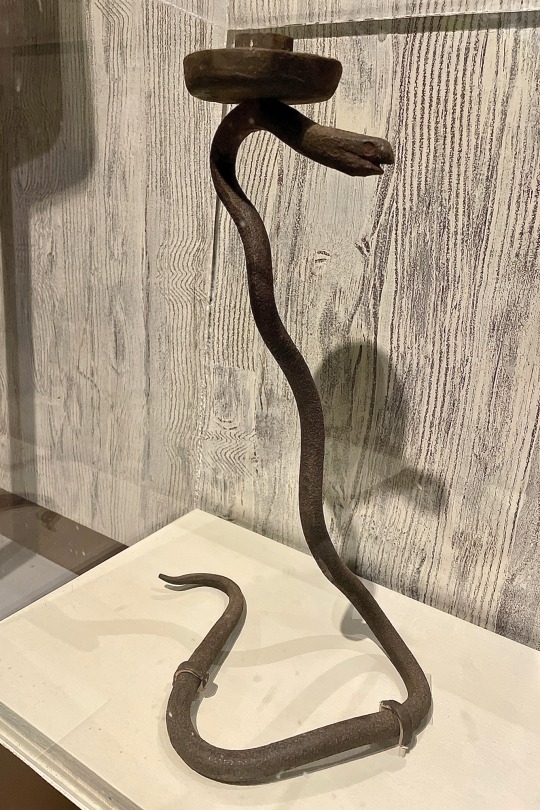

A cool early 20th c. snake-shaped candleholder that once lit Fonthill Castle, home of Henry Chapman Mercer (American, 1856-1930). Now on display in the “Animals on the Loose: A Mercer Menagerie” children’s room at the Mercer Museum.
22 notes
·
View notes
Text

A snowy view of Fonthill Castle, Doylestown PA
6 notes
·
View notes
Text

1 note
·
View note
Note
Hi! Younger artist here, I just saw your post with all those super cool monster designs and I took a quick stroll through your blog, and I was wondering if you had any specific inspirations for those designs or where you get inspo for character designs in general? Or perhaps some tidbits on how you learned how to make wild designs like that?
Sorry if this is a bit of a big ask, I just think it's really cool and I was curious!
Hello! Thank you for your question and apologies for taking so long to answer, I just got really excited and wanted to be thorough!
My biggest piece of advice is research and develop a visual library of reference material! Your visual library is like a mental database of everything you’ve ever seen in your life, and this is what you can pull from to design concepts.
There are a couple ways to start this as a practice:
Notice what you see! It can be a chair, a sunset, a shoe, the light on a tree, but if you see something you think is beautiful or interesting, mentally make a note of it!
Document what you like! With computers and cameras this is a lot easier to do nowadays, but if you see something interesting to you, document it. You can draw it, or take/save a photo to folder.
Organize it! I highly recommend coming up with a system for referencing back to find things, either through image tags or folders or even a manual filing system.
Pay attention to your personal preferences and experiences. Try to think about what draws you to certain visual elements, identifying them can lead you to more things you like. Also pay attention to what you don’t like and why, it doesn’t necessarily need to be bad or amoral, we all have personal tastes.
Get out of your comfort zone! I recommend trying to see something you’ve never seen before often. Find a new artist, a new genre, research a new type of design movement, go to a new place, etc.
Try to find context for your research! For example, If you really love a specific era of fashion, research that time period and the way historical context informs it. Context can be really important, especially if you are working with references new to you!
Important Note 01: You don’t want to copy or rip-off these things. In my experience the best way to avoid that is to have a lot of reference points for any project and embrace your authentic personal interests, experiences, and identity.
Important Note 02: Like any research, be conscious of primary person vs secondary sources! One is not better than another necessarily, but I find I work my best with a mix of both. I like to start with primary sources and then move to secondary sources, Ie: looking at authentic suits of armor before moving to contemporary armor concept art. You don’t have to do this, it’s just something I find helpful.
Important Note 03: While mostly I’m referring to visual references, audio, music, and writing are also super helpful!
Ok now, how do you curate all that for a project. For those monster illustrations I wanted to explore how color can be horrific. Keywords: Color & Horror. So I start looking through references for things that have the effect I want color wise, vivid and maximalist, and things that I find scary or horrifying. Here are some of the things I knew about or discovered during the research process that had the vibe I wanted.
Notable Influences
Color and Design
Peruvian & Guatemalan Textiles and Traditional Clothing
Spanish Traditional/Folk Clothing
Sammezzano Castle, Italy
Nasir al-Mulk Mosque, Iran
Russian Traditional/Folk Costumes
Fonthill Castle, Pennsylvania
Zhangye National Geopark
Nick Cave - sculpture artist
Lousie Zhang
Magnhild Kennedy - “Damselfrau”
Horror
Catacomb Saints
Capuchin Catacombs of Palermo
Japanese Yokai
Greek & Roman Mythology
Mandrills & Monkeys
Charles Fréger’s Photographs of European Pagan Costuming
Avant Garde Fashion
Alexander McQueen
Vedas by Nicolas Alan Cope and Dustin Edward Arnold
Stephen Jones - Hats
Mummies
Reliquaries
Marina González Eme
Lorenzo Nanni
H.R Giger
Intersections of Color & Horror
Microscopic Imagery
Moths, Beetles & Shrimp
Suspiria (1977)
AJ Fosik
Hungry | Johannes J. Jaruraak
Once you’ve gathered these references in one place (like a moodboard, folder, or Pinterest board) It’s time to pay attention to wear aesthetics intersect, what patterns are coming up, what proportions of color, what textures reoccur, what elements of clothing reoccur, etc.. What relationship do different images have with each other, what emotional effect do they create.
Now that you’ve studied up, it’s time to sketch, try and create things that feel similar to the work you are looking at but not copy it, instead try mixing things together. Experiment! Let your personal style and preferences sink in! Interpret what you’ve learned!
From there, it’s more of a design process, how to use proportion, light, anatomy, perspective, form, repetition, etc, to create the desired effect. Then you refine and refine.
For new or different projects you repeat the process, maybe you use similar points of reference, maybe you go a completely different direction.
Anyway that was long, but I hope it was helpful!
5 notes
·
View notes

